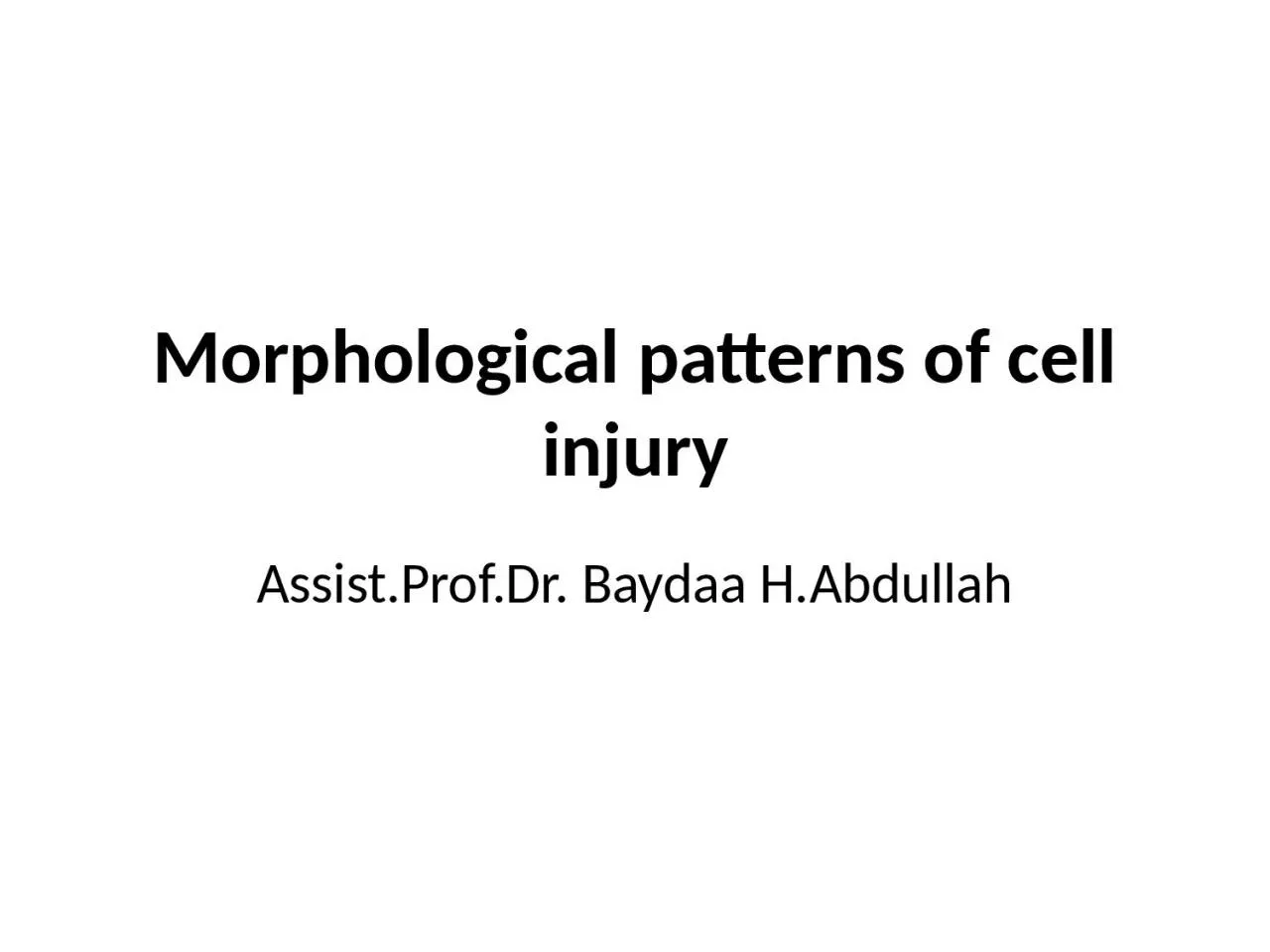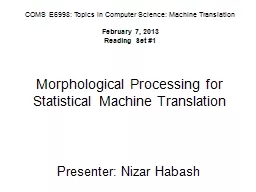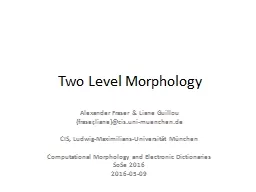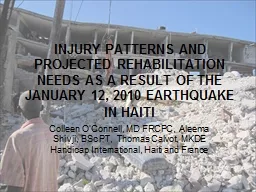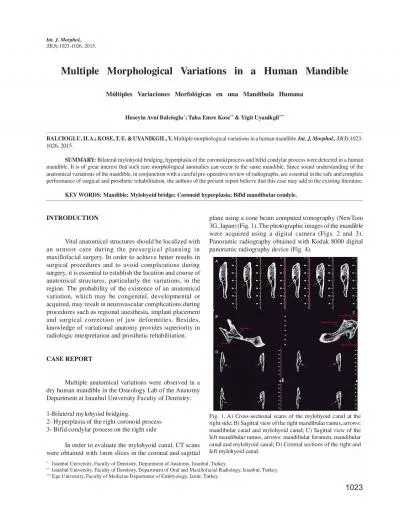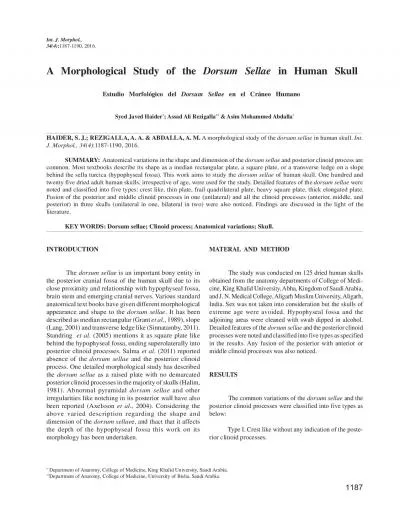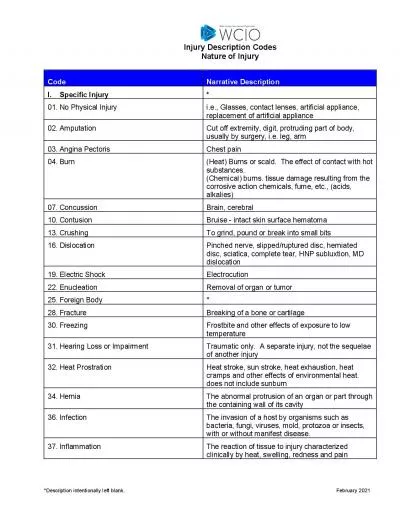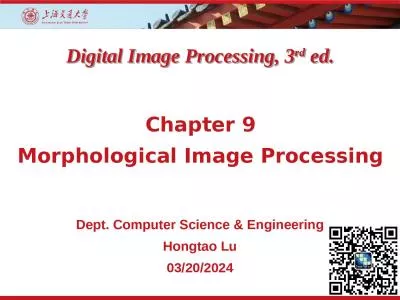PPT-Morphological patterns of cell injury
Author : ava | Published Date : 2022-07-01
AssistProfDr Baydaa HAbdullah Reversible cell injury It is called also degeneration It is accumulation of normal substances glycogen water or abnormal
Presentation Embed Code
Download Presentation
Download Presentation The PPT/PDF document "Morphological patterns of cell injury" is the property of its rightful owner. Permission is granted to download and print the materials on this website for personal, non-commercial use only, and to display it on your personal computer provided you do not modify the materials and that you retain all copyright notices contained in the materials. By downloading content from our website, you accept the terms of this agreement.
Morphological patterns of cell injury: Transcript
Download Rules Of Document
"Morphological patterns of cell injury"The content belongs to its owner. You may download and print it for personal use, without modification, and keep all copyright notices. By downloading, you agree to these terms.
Related Documents

